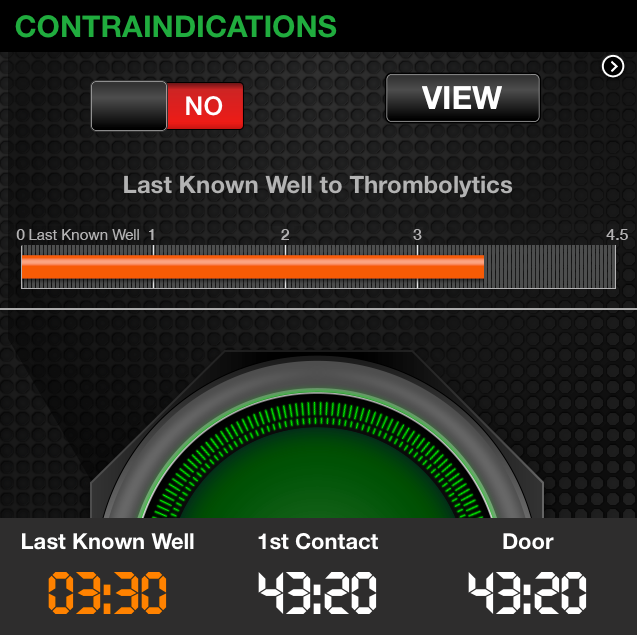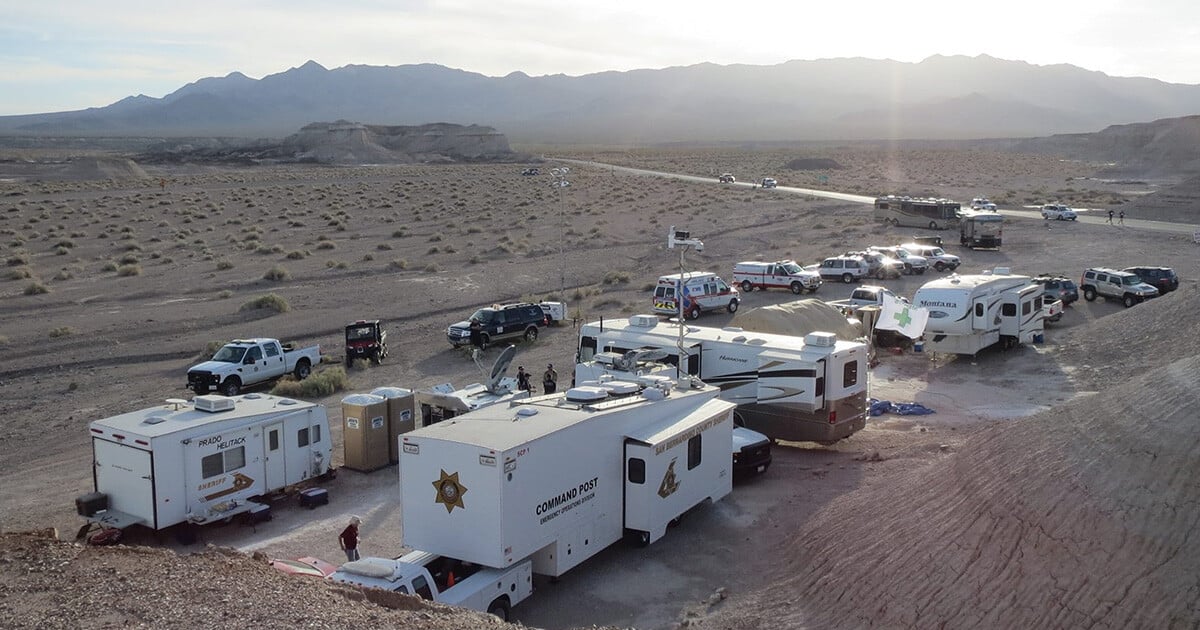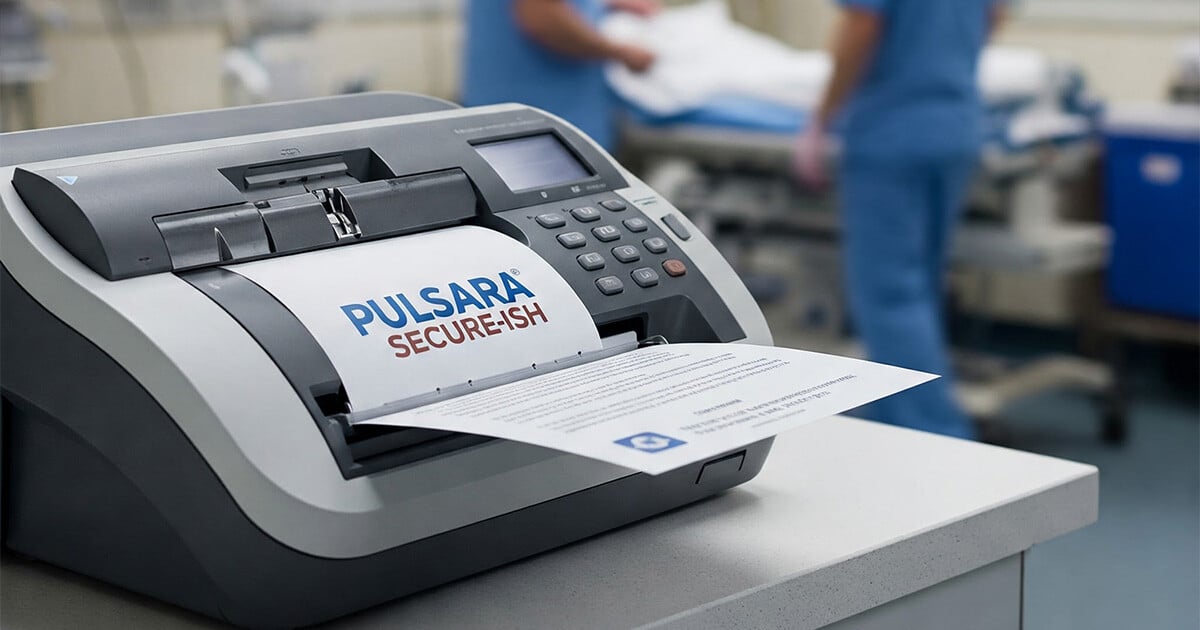Baker to Vegas: Leveraging Pulsara to Manage a Planned Event
Although they have the advantage of prior awareness and preparation, large-scale planned events pose unique challenges for emergency management...

EDITOR'S NOTE: This article was originally pubilshed on EMS1.com. EMS1 serves as the largest site for paramedics and EMTs to find expert industry-relevant content.
With EMS and hospital professionals looking at different clocks—different timelines—for the same patient, it’s surprising that there aren’t more issues. And that’s not getting into other related information that is transmitted along the line: patient records, ECGs, and other miscellaneous documents. When every second counts, that type of miscommunication can be dangerous, or even fatal.
The future of healthcare is in bridging these gaps and creating a single protocol that encompasses the entire process from first contact to definitive treatment and includes all the stakeholders involved. The idea itself is a simple communication protocol that:
What isn’t working now
In the medical community, uniform processes and protocols are king. There’s an established method for just about everything – except communication. Some facilities and agencies use pagers, some use other antiquated technologies, but there is no universal method of communicating either between organizations or within an organization. Communication is especially important when you consider that each person is a link in the chain, which requires the person before them to finish their work before they can begin.
Timing all of these various tasks and personnel is difficult on the best of days. When you add in variable times, it’s a wonder it gets done at all. A typical case might look like this:
With different clocks running different times, everyone’s job gets more difficult. The sequence of care can be interrupted, which has immediate effects. But looking at the longer term effect, having inaccurate time measurements for benchmarks reduces the ability to track—and improve—performance.
Enter the universal clock
 Pulsara was created in late 2011 when Leading Edge Medical Associates (LEMA) came together to find a way to improve patient care at the facilities in which they worked. Their vision was to move toward value-based healthcare and, ultimately, to improve patient care and outcomes.
Pulsara was created in late 2011 when Leading Edge Medical Associates (LEMA) came together to find a way to improve patient care at the facilities in which they worked. Their vision was to move toward value-based healthcare and, ultimately, to improve patient care and outcomes.
But it was one concept—first envisioned during a dinner party brainstorming session—that jumped out as an ideal way to frame the limitations of the current system, and the goal they were working toward: the ‘universal clock’.
In other words, what if all critical care parties could be unified by a system that ensured they kept to the same timeline? The now patent-pending universal clock was the key to bridging the communication gap that affected so many points in the process.
Beyond the clock
Having a single, universal clock that everyone can refer to is one big piece of the puzzle, but it’s not enough on its own. What sets Pulsara apart is the ability to connect everyone with the same clock, in real time, so that everyone from EMS to critical care is on the same page.
Improving healthcare outcomes revolves first and foremost around reducing variance in patient experience and treatment. By unifying and standardizing communication, timing for benchmarks, and access to available patient information, healthcare providers can further reduce variability in treatment and improve outcomes.
Reducing variance is critical to ensuring patients receive excellent care—from the medic’s first contact to the definitive treatment. Care team members can also share medical information in a HIPAA-compliant fashion, so everyone has everything they need to provide the best possible care.
Why it matters
Time is tissue. Every minute of delay in a stroke case results in an average of 2 million lost brain cells. Generally, reduced time to definitive treatment results in lower rates of morbidity and mortality. And all of that translates into a better quality of life for patients. Reducing treatment time from 60 minutes down to 45 minutes can mean the difference between a patient who’s bedridden for life and one who can attend his grandkid’s softball game.

Although they have the advantage of prior awareness and preparation, large-scale planned events pose unique challenges for emergency management...

For Those Who Love a Good "Oopsie!" At Pulsara, we pride ourselves on enabling secure, HIPAA-compliant communication for healthcare teams. But let’s...

March Recap A New Integration: Improving Data Management, Streamlining Workflows, and Improving Care CoordinationOnly a few days ago, we announced...